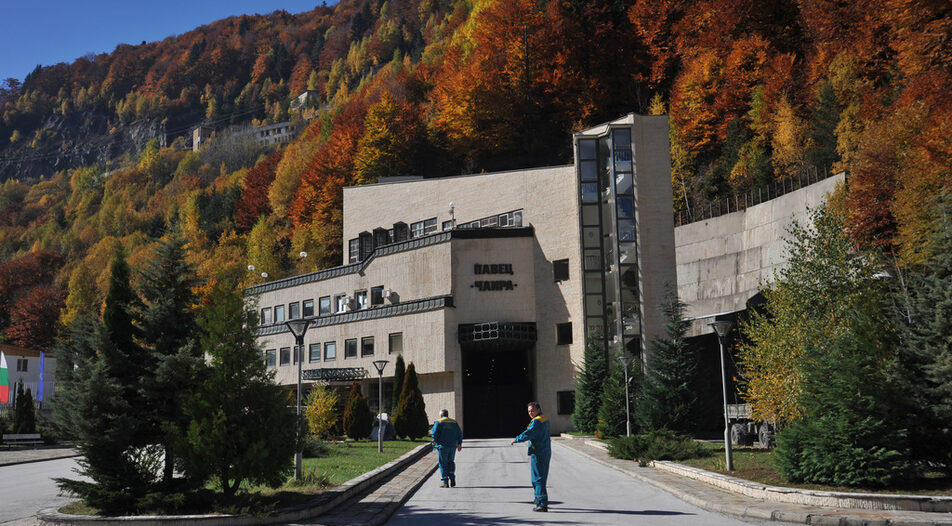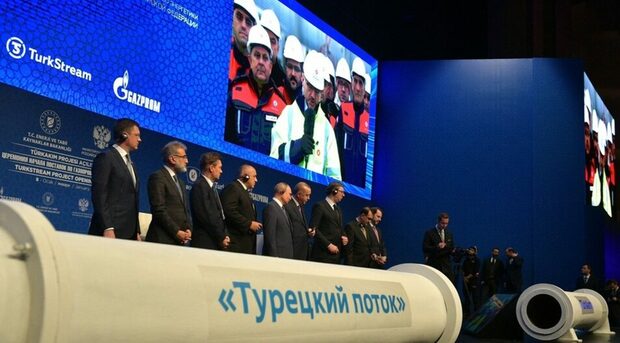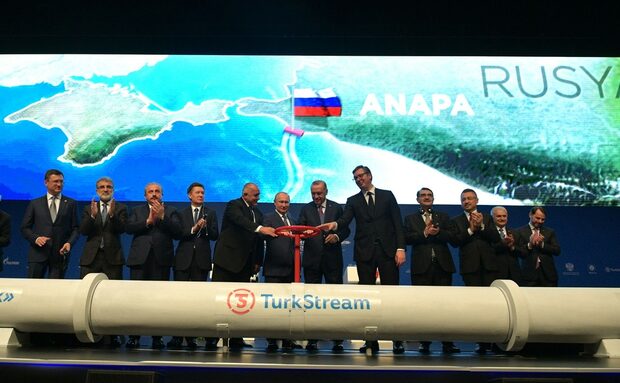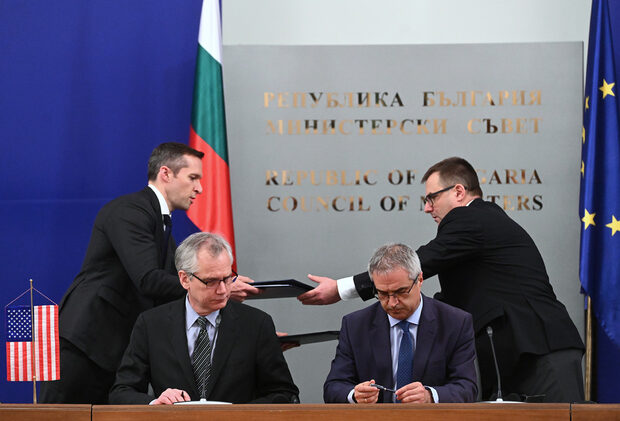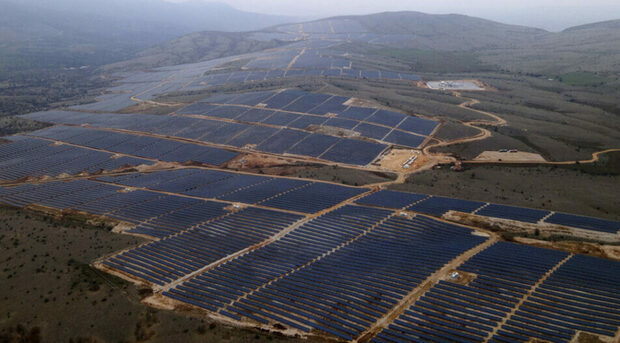The spike in electricity prices and the crisis in the energy sector are evident throughout Europe. In Bulgaria, the topic of large state-owned hydropower plants that do not operate at full capacity has often been raised. Their electricity is cheap and can be put on the market immediately; there is high demand and this would lead to reduced business costs. However, this does not happen because plants such as the "Chaira Pumped Storage Hydro Power Plant" are being "sentenced to a long renovation process that did not turn out to deliver at all". The plant in question is the largest pumped storage facility, not just in Bulgaria, but in the whole of Southeast Europe. However, it currently operates at only 25% of its capacity.
Even worse, a horrific accident occurred in the plant, completely destroying one of the turbines and almost injuring those inside. Although no casualties were ultimately recorded, the damage is said to amount to millions of BGN and restoring the plant's capacity will take several years.
Brief history
It was the communist regime, long before the fall of the Iron Curtain in 1989, which decided to build a pumped storage plant in Bulgaria. It was designed to provide power to quickly replace nuclear or coal plants if needed, as well as to remove the load from the system in case of excess energy (usually at night) by pumping water in one of the directions. It was decided that two of the four turbine capacities would be built entirely by Toshiba, and the other two - by Bulgarian engineers in Bulgarian factories, but under the control and licenses of Japanese technicians.
At the time, the infrastructure that had to be built was tremendous: underground tunnels, a "gallery" for the engine room and the control mechanisms. Also, a road was constructed at an altitude of 1,900 meters in the mountains to access the future plant, and one wide enough to carry the heavy equipment supplied by the factories (one generator weighs 200 tons). In addition, a transmission line was built and the plant was connected to the electricity transmission network of Bulgaria.
The first two turbines of "Chaira PSHPP" began operating in 1995. The other two units began functioning in 1999 which essentially means that the plant is fairly new and it is expected to last at least for 60-80 years. According to assessments, over the years the Chaira plant cost successive Bulgarian governments more than the nuclear plant in Kozloduy.
Renovation, money and an accident. Why?
The National Electric Company (NEC) which owns 100% of the plant, decided to do a full repair of the facility after winning a project from the International Fund for Assistance. It was worth a total of 26.6 million euros, while the NEC gave an additional (almost) 16 million euros.
However, Japanese company "Toshiba", which built the facility, had no involvement in the reconstruction even though it was probably best equipped to do so.
Toshiba's representative in Bulgaria, Andrew Pritchard, told our media why the company did not participate in the reconstruction work: "For a number of reasons we could not agree with the management of NEC and we did not reach an agreement. We were left with the feeling that, although we managed to present our ideas, we were misunderstood and this is why we decided not to participate in the process. No extra components or new parts have been ordered from Toshiba ever since then."
Thus, the Austrian consortium ABB - VOITH won the tender with a bid of 13.8 million euros specifically for the turbine rehab. According to media sources, however, some of the rehab procedures at the plant have been performed by NEC employees who have no experience in this type of project. In combination with the lack of overall control and expertise, those are the most likely reasons for a major accident in the plant a couple of weeks ago. Information is still scarce but an employee who used to work in the plant and participated in the building process, eng. Valeri Grigorov, explained what might have happened. Most likely, during the tests, the utility which has to stop the water supply did not work at the required speed and did so much faster than it should have done. This impacted as if a giant hammer had hit the pipe. The flow of 70 tons of water per second, which descends from a height of 650 meters along the pipe from the Belmeken dam down, potentially destroyed the entire turbine facility.
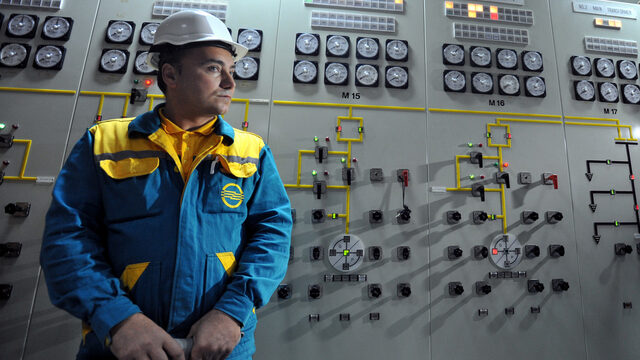
"This can cause unprecedented damage and could have made the plant a historical monument," said eng. Grigorov. He also cited a specific reason for the accident which is known by the NEC management. And official statements coming from the company that "the time of the plant has come" are nonsense and do not present fully what has happened inside the rehab process. Still, there is no official data on the current condition of Chaira SHPP.
Aftermath
According to experts in the field with whom "Capital" has been communicating, the damage will probably require a complete reconstruction of the turbine and incur huge costs to the state.
After the accident, Prime Minister Kiril Petkov and Energy Minister Alexander Nikolov said an investigation would be conducted by the Interior Ministry and the State Agency for National Security. But, more significantly, in February, Interior Minister Boyko Rashkov announced that an inspection was being carried out "on one extremely important plant for the energy security - Chaira SHPP," and shared that the largest pumped storage in Southeast Europe had been sabotaged for years, "most likely in view of the economic interests of one specific suspect".
Due to overall uncertainty over the quality of the reconstruction, the other repaired turbine will also not be in a position to resume operations. At the very least, an investigation will take place that could take months to establish what happened and whether it could happen again.
Even more damning is the fact that it is not even clear whether the third turbine, which has been inactive for many years, is being repaired. Consequently the Chaira plant is operating only at 25% capacity and loses tens of millions of levs every month because it is not selling electricity. The plant is also the perfect battery to balance the solar and wind farms - which are to be built in Bulgaria over the next few years and will create havoc in the energy mix of the whole region.
Just days ago, a second big accident occurred in the Chaira plant in the span of several weeks, resulting in the shattering of the only turbine which has been actively working in recent months. According to various sources that Capital Weekly spoke to, strong vibrations were noticed in the turbine, which eventually broke one of its blades. The mechanism has not undergone any sort of repair in the last 25 years and engineers think this is the reason behind the emergency. Luckily, this accident was not as severe as the one that took place earlier, and the turbine could be renovated in an easier manner. However, this means that the Chaira plant is not working at all amidst the most productive season for the facility - the melting of the snow coverage in Rila.
The spike in electricity prices and the crisis in the energy sector are evident throughout Europe. In Bulgaria, the topic of large state-owned hydropower plants that do not operate at full capacity has often been raised. Their electricity is cheap and can be put on the market immediately; there is high demand and this would lead to reduced business costs. However, this does not happen because plants such as the "Chaira Pumped Storage Hydro Power Plant" are being "sentenced to a long renovation process that did not turn out to deliver at all". The plant in question is the largest pumped storage facility, not just in Bulgaria, but in the whole of Southeast Europe. However, it currently operates at only 25% of its capacity.








